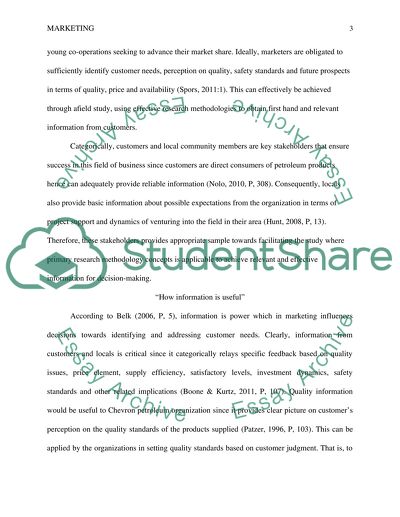Cite this document
(“Chartered Institute of Marketing: Understanding Customer Relationships Essay”, n.d.)
Retrieved from https://studentshare.org/marketing/1444006-chartered-institute-of-marketing-understanding
Retrieved from https://studentshare.org/marketing/1444006-chartered-institute-of-marketing-understanding
(Chartered Institute of Marketing: Understanding Customer Relationships Essay)
https://studentshare.org/marketing/1444006-chartered-institute-of-marketing-understanding.
https://studentshare.org/marketing/1444006-chartered-institute-of-marketing-understanding.
“Chartered Institute of Marketing: Understanding Customer Relationships Essay”, n.d. https://studentshare.org/marketing/1444006-chartered-institute-of-marketing-understanding.


